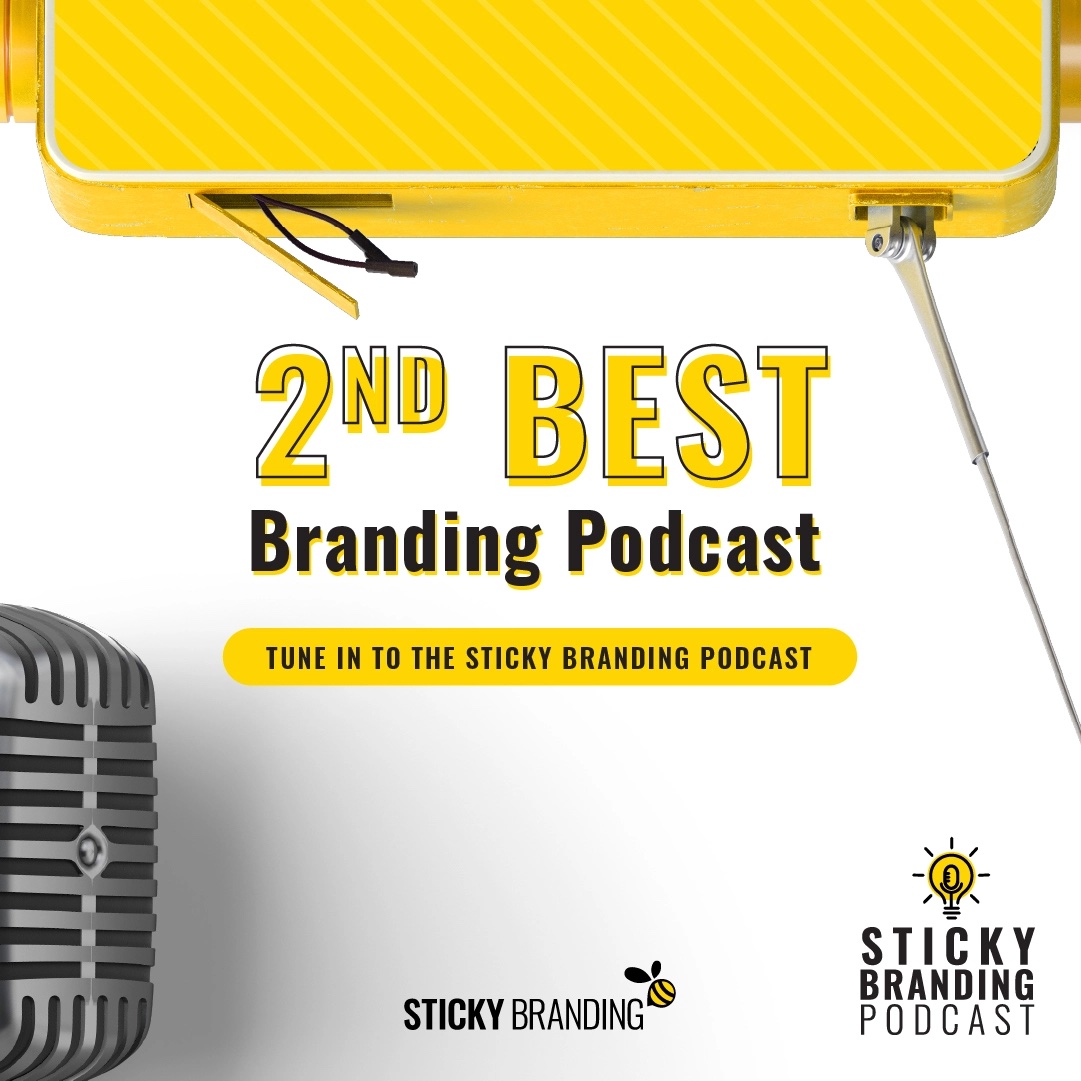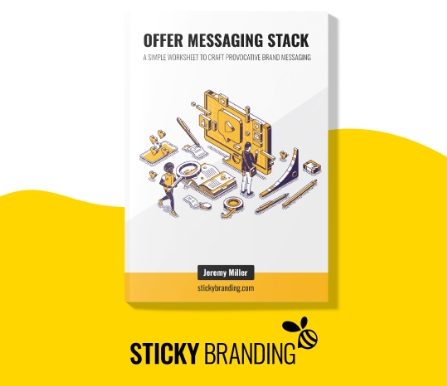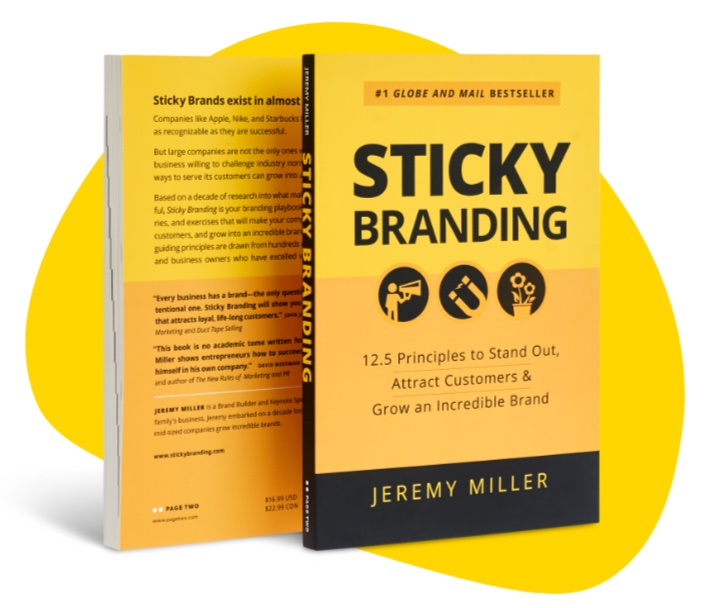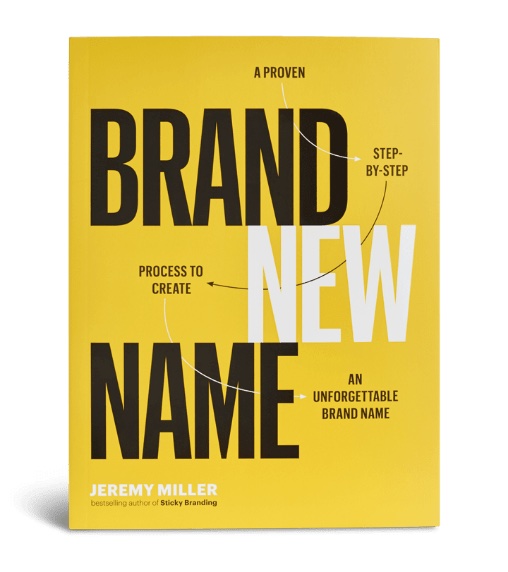Spend a few minutes on Google Analytics, and you realize everything is measurable. You can track where visitors come from, who referred them, how long they were on your site, what pages they viewed, did they request information, and much, much more. The volume of data is almost overwhelming. So which metrics are useful for building and managing a sticky brand – a brand that is persuasive, draws customers in, and supports the sales process?
There are three primary levers to build and manage a sticky brand:
- Conversion Rate
- Lead Volume
- Velocity
Conversion Rate
Sticky brands have high conversion rates.
Conversion rates are more than making a purchase decision. That’s just the final conversion point. In measuring your conversion rates consider the key phases your customers go through to evaluate your products and services. This can range from clicking deeper into the site, subscribing to a free newsletter, requesting samples, to contacting a sales person for more information. How do your customers engage with your firm and evaluate your products and services?
Take the time to map out your customers’ buying process. Use Google Analytics and your CRM system to measure the movement of customers through the key conversion points. By monitoring conversion rates on a weekly or monthly basis you will see trends and be able to make incremental changes to improve these measures.
Lead Volume
Without leads, you don’t have much. Leads are the fuel that grow business.
By focusing and measuring your demand creation efforts, you put a heightened awareness to driving a consistent flow of leads to your sales team. A key element of managing Lead Volume is to compare month-to-month lead levels. The goal is to deliver a predictable supply of leads on a monthly basis so your organization can tune its sales and delivery efforts for maximum productivity.
More importantly, measuring Lead Volume makes demand creation a priority. This is a function that can be institutionalized and developed as a key component of sales and marketing.
Velocity
Velocity is the speed in which a customer moves through the sales funnel. This is an exciting set of metrics, because Velocity causes sales and marketing to align and improve their processes.
Start measuring Velocity by aging your leads. A lead that comes in from the website has high expectations. They are already engaged, they want information and they want it now. Tune your lead response process to act fast. Responding after twenty-four hours is too long.
Next, measure the time it takes customers to move through each Conversion Point. This set of measures provides powerful insights into your brand and marketing messages. A delay between conversion points may be a sign that customers are having second thoughts, or there is a problem in the sales process.
Putting it Together
Metrics on their own are not enough; you need to look at the big picture: how customers engage with your brand, what they expect, and how you can tune your sales and marketing efforts to drive them through their buying process. Targeted metrics are excellent tools to drive awareness into the sales process, and the effectiveness of your marketing efforts.





